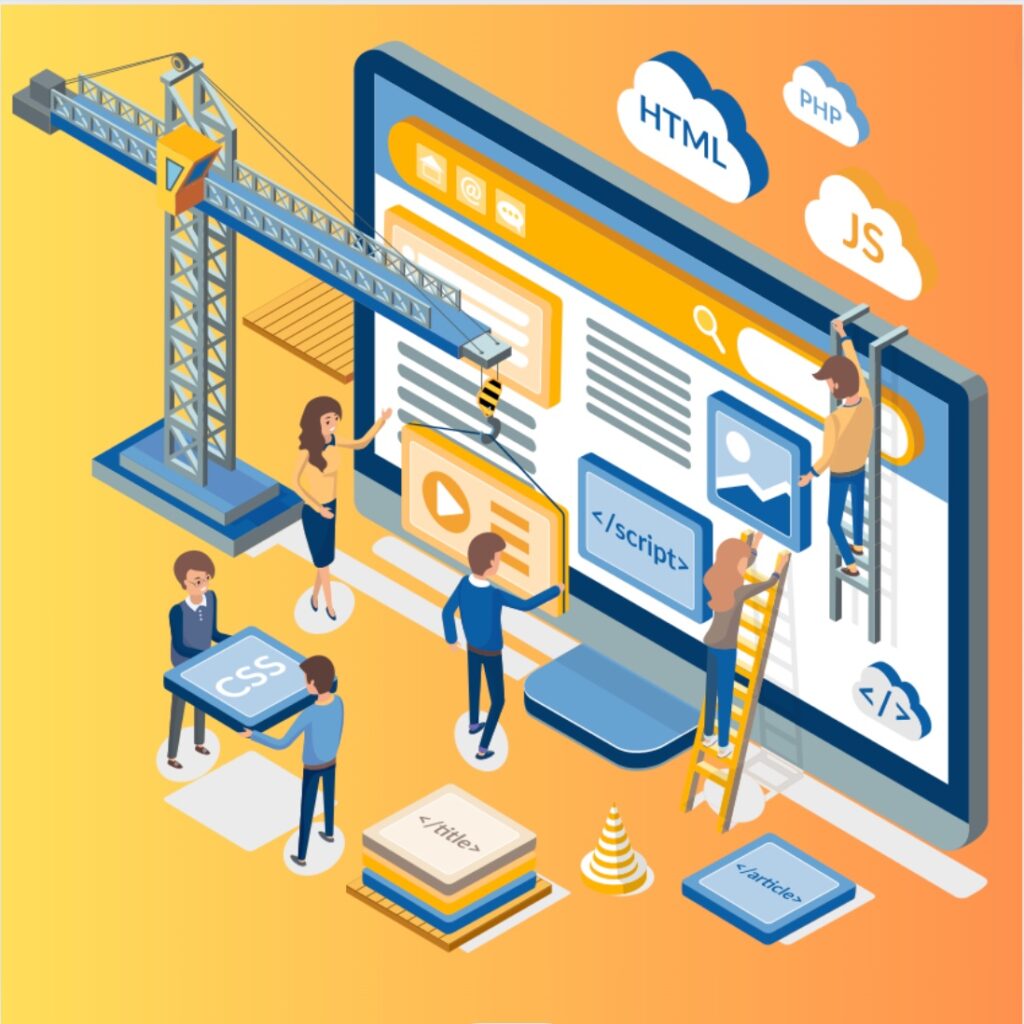For the last decade – maybe the last 15 years – the web site home pages of nonprofits, corporations, even news outlets, were rarely the focus of most people’s regular attention; these organizations’ outlets relied on social media to distribute their information. Users read the information they wanted because they subscribed or followed or “liked” the entities or messaging they wanted to stay up-to-date about, and got more recommendations through algorithmically personalized recommendations. As The New Yorker put it:
News articles circulated as individual URLs, floating in the ether of social-media feeds, divorced from their original publishers. With rare exceptions, home pages were reduced to the role of brand billboards; you might check them out in passing, but they weren’t where the action lay.
But Twitter, now X, has imploded and is bleeding users. Facebook is overrun with ads and push marketing, burying the pages and accounts a user wants to see under a mountain of paid messaging. Social media infrastructure is crumbling, having become both ineffective for publishers and alienating for users. Social networks are overwhelmed by misinformation and content generated by artificial intelligence.
Again, back to The New Yorker article:
Surrounded by dreck, the digital citizen is discovering that the best way to find what she used to get from social platforms is to type a URL into a browser bar and visit an individual site. Many of those sites, meanwhile, have worked hard to make themselves feel a bit more like social media, with constant updates, grabby visual stimuli, and a sense of social interaction.
Things aren’t all good for the World Wide Web, as this article from The Atlantic notes:
Large language models, or LLMs, are trained on massive troves of material—nearly the entire internet in some cases. They digest these data into an immeasurably complex network of probabilities, which enables them to synthesize seemingly new and intelligently created material; to write code, summarize documents, and answer direct questions in ways that can appear human…. Just as there is an entire industry of scammy SEO-optimized websites trying to entice search engines to recommend them so you click on them, there will be a similar industry of AI-written, LLMO-optimized sites. And as audiences dwindle, those sites will drive good writing out of the market.
Another article in The Atlantic says that domain names (but not web sites) are no longer essential.
I believe that web sites still matter. I believe domain names still matter, because so many people, and so many organizations, and so many cities and regions, have these same name, so search engine results aren’t always all you need.
Back in 2012, I wrote a blog called Why Your Organization Probably Doesn’t Need A Facebook Page. I added in 2017 that I still believe 90% of what was proposed in that blog, and reading it now, I still believe that. That doesn’t mean you should NOT have a Facebook page, but you should think very seriously what you want it to do. For the Habitat for Humanity ReStore I support, Facebook outreach has been fundamental to sales; take it away, and I think sales would drop at least 25%, maybe more. But I also work for a nonprofit that is much larger, that is focused on technology and nonprofits, and if their Facebook page disappeared tomorrow, no one would notice.
Your organization, your program, your city – it needs a permanent home on the web, a place that all your other online activities point back to, the place that’s there when the latest social media trendy platform fades. When I join an organization, it’s so easy to become well-versed in what that organization does if they have a web site: I not only read that, I go back on archive.org and read past versions of their web sites. I find out if the ReStore is traditionally closed on a particular holiday. I find photos from past events featuring a former board member who I have learned has died and I need to create a tribute. I double -heck the dates of an event I will attend. A web site is also for your employees and volunteers, not just potential new supporters.
I have an entire section on my web site about nonprofit web sites: what should be on a nonprofit’s web site and how that web site should be designed and managed. I started it back in the 1990s and have updated it regularly. There was a time in the early part of this century when I thought maybe it was time to take the section down, that web sites weren’t needed anymore. I’m so glad I didn’t – the material is needed as much now as it has ever been.
Also see:
- Focus on content as much as design!
- Does your web site make people cry?
- Outreach Via the Internet for Mission-Based Organizations
- “Required” Volunteer Information on Your Web Site
- The Difference in Email, Social Media & Online Communities: A Graphic Explanation.
- Don’t over-invest in one social media channel (particularly Facebook)
- Don’t over-invest in one social media channel: Redux (Twitter)
- Accessibility: a human rights & a digital divide issue too many ignore
- Facebook use to organize Women’s Marches: lessons learned
- Did Facebook hurt the Syrian Revolution?

If you have benefited from this blog, my other blogs, or other parts of my web site and would like to support the time that went into researching information, developing material, preparing articles, updating pages, etc. (I receive no funding for this work), here is how you can help.

